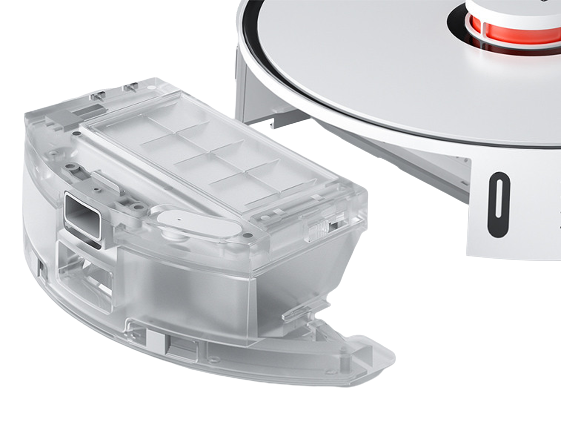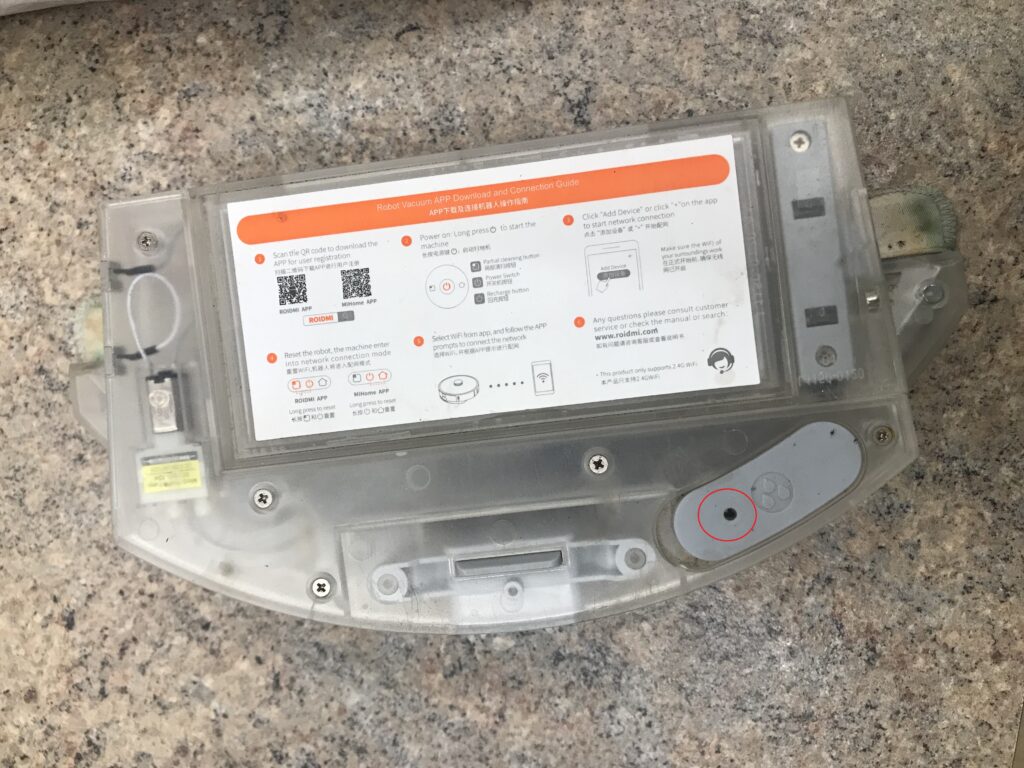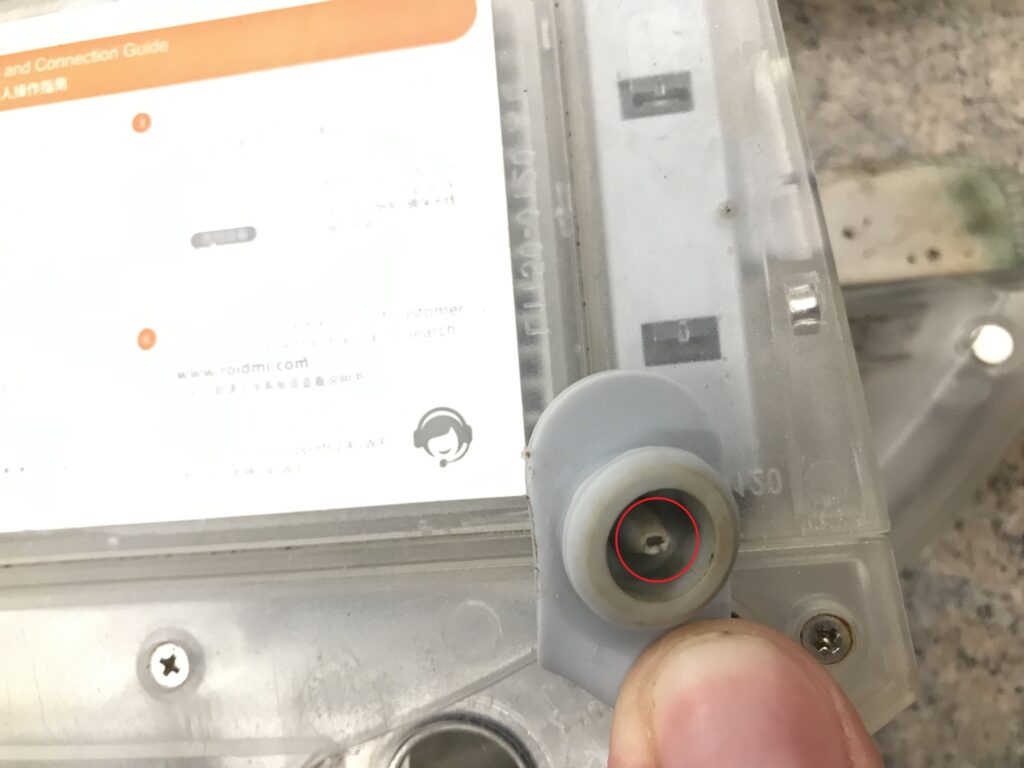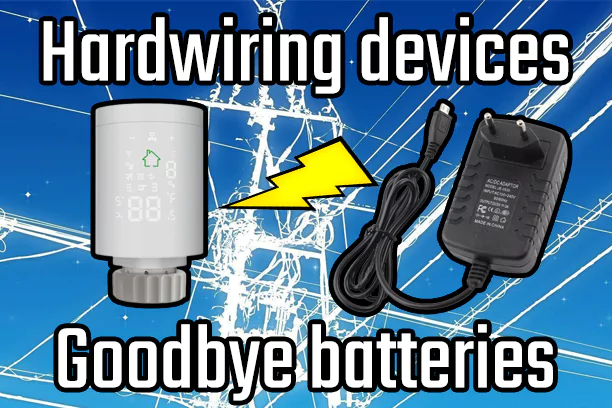Easily fix low mop water in your robot vacuum
I have seen several posts around where people complain that their robot vacuum doesn’t seem to output enough water to the mop as if it were stuck. Even setting the mop water to maximum it still seems not enough. Turns out this is a simple fix and doesn’t require any special tools.
Current setup

So I have a Roidmi Eve Plus. The one that has the self-empty bin and the water container is integrated inside the dust box.

There is a small pump inside which pumps the water down into the mop itself. This is pretty standard practice with these model types and in many other robot vacuums so the fix should be pretty universal.
The fix
Let’s take a look at the dust box closer. To be precise at the refill cap itself. Made out of silicone and has a small hole inside the middle. Now the hole is the key to resolving this issue. If you would take let’s say a toothpick and poke through it it would come out the other end without puncturing the silicone. That’s because there is in fact a hole there but it is very tiny. The purpose of the hole is to provide air intake when the water pump is running. However, the design is weird since you can either get dust or other particles stuck in the hole or it is just too small to provide enough air for the water to have a constant flow.

What we want to do is make the hole bigger. Since it is all silicone you can just take a pair of scissors and cut about 1-2mm off the little nub on the inside this will expose the hole a bit more and give that much-needed air intake for the water to come out.

In doing so we can plug everything back up place it back and you can try it out. You will immediately notice a difference. As the water reservoir can receive air more freely it is able to push more water out with the help of the water pump. It’s a pretty simple fix for an issue that has been plaguing me for too long.
Additional tips
First of I would mostly suggest using distilled water. Less particle buildup inside everything including the tubing means less clogging and jamming. In turn, this gives you more life expectancy from your device. One of the ways I use water (in a somewhat distilled way) is if you own a clothes dryer it usually has a reservoir of water that fills up after drying the clothes. What I do is I run that water through something close to a gauze-type cloth into a bottle so that any dust particles left in the water get caught. So it is as clean as possible.

I’ve used that water from the dryer not only for my robot vacuum but for my clothes iron, steam mop cleaner, and even a humidifier. If done right you can get water as close to distilled using this method provided you have a dryer in my example.
Another thing on the robot vacuum to check is the little mesh filters where the tube comes out of the bottom. They are usually screwed in and can be taken out and washed underwater to remove any debris. On this model that I have, it can be found here under two screws.

It simply pulls out and you can run the mesh under some water to remove any debris.
Don’t have a picture to show the actual tiny mesh inside of it but once pulled out it needs no explanation. I’ve only found a similar filter for the water tank which is for the Roborock series. But they seem to not be using a mesh type of filter. But the idea is the same you take it out and clean it.

Summary
This is going to be short and sweet. As I said easy little fixes and some tips to alleviate some issues and perhaps even prolong the life of your robot.
As always I hope this has helped you out in some way.




Recent Comments